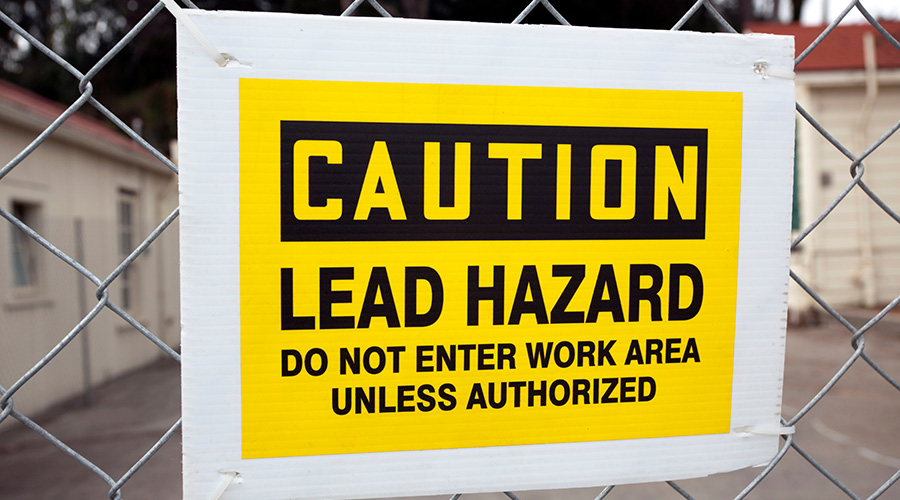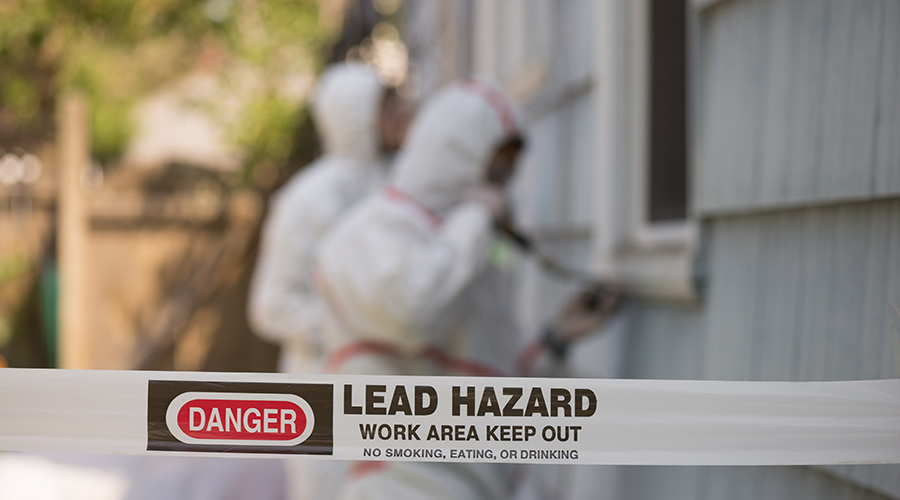Lead Crisis Continues: What Managers Need to Know
With no lead experts working for the federal government, it is up to state officials to remediate exposure.
Milwaukee, Wisconsin, has many claims to fame — beer, cheese, Summerfest, a couple of serial killers and the Bucks just to name a few. However, a lead poisoning scandal that has erupted throughout the Milwaukee Public School (MPS) system has made national news, marking Milwaukee once again for the foreseeable future.
Earlier this year, four students in Milwaukee tested positive for lead poisoning. It was only after numerous positive results that the city moved to test lead levels at several schools. It was found that lead hazards inside seven MPS buildings far exceed state safety standards.
According to a report by the Milwaukee Health Department, one school had lead dust levels on windowsills that were 14 times more than the allowable standards. In addition, dust levels on the ground floor were more than six times the standard, meaning that all floors were considered to be hazardous. Fortunately, no lead was found in the buildings’ water pipes.
According to the Milwaukee Journal, MPS encompasses 68,000 students and has 125 schools that were built before lead paint was banned in 1978. It is expected that all buildings will test positive for lead-based paint in some way.
At least five schools were ordered to close for lead remediation, relocating students to other schools for the time being. Other schools are waiting to be inspected, but nine schools were already directed to address lead hazards. Inspections are expected to continue throughout the summer. MPS Superintendent Brenda Cassellius told CNN that the district will clean 54 schools built before 1950 before the 2025-2026 school year. The 52 schools built between 1950 and 1978 are scheduled to be cleaned before the end of the calendar year.
The average age of district buildings is 82 years old. It’s not fully realistic to be able to fully remove lead from all of the buildings. Continued monitoring of all painted surfaces is critical for the health and safety of all occupants.
Still, there is no safe number of levels of lead for children. According to the Centers for Disease Control and Prevention (CDC), children 6 years and younger are more likely to be exposed to lead poisoning due to their hand-to-mouth behavior. It is expected that many children ingest lead dust by putting objects like toys in their mouth. Failure to act quickly and effectively could place more children at risk of lead poisoning.
Lead poisoning can cause:
- Damage to the brain and nervous system
- Slowed growth and development
- Learning behavior problems
- Hearing and speech problems
Lead poisoning can be hard to detect in even the healthiest person. According to the CDC, symptoms usually don’t appear until dangerous amounts of lead have accumulated in the body. According to the Mayo Clinic, symptoms of lead poisoning in children include:
- Developmental delay
- Learning difficulties
- Irritability
- Loss of appetite
- Weight loss
- Sluggishness and fatigue
- Abdominal pain
- Vomiting
- Constipation
- Hearing Loss
- Seizures
- Eating things that aren’t food, also known as pica.
According to the U.S. Environmental Protection Agency (EPA), facility managers can reduce the potential exposure to lead by doing the following:
- Keep facilities clean and dust free
- Encourage proper hand hygiene
- Hire lead certified professionals to perform any renovations
- Shower and change clothes upon entering your home
- Run water or use a certified lead water filter
- Routinely test for lead exposure
Mackenna Moralez is the associate editor for the facilities market and the host of the Facilities in Focus podcast.
Related Topics:













